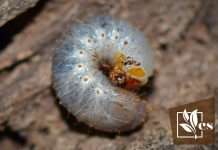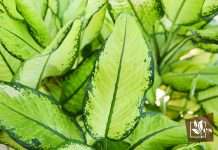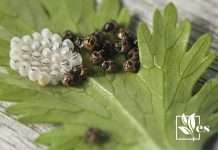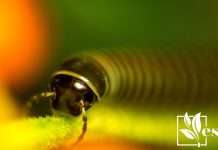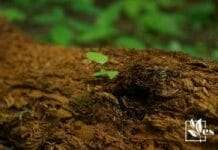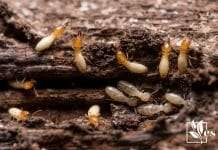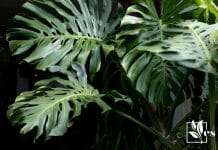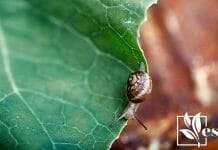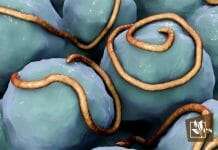Caterpillars are a common sight in gardens, often seen as either a gardener’s friend or foe. Attracted to specific plants, these larvae are the juvenile stage of butterflies and moths. My interest in butterfly gardening has shown me that the presence of caterpillars signals a healthy ecosystem. I’ve found that they are not only attracted to plants for nourishment but also use them as a habitat for their metamorphosis into butterflies. The plants that caterpillars are drawn to vary, but some like milkweed, dill, fennel, and parsley are popular for providing the essential leaves and nutrition they need to grow.
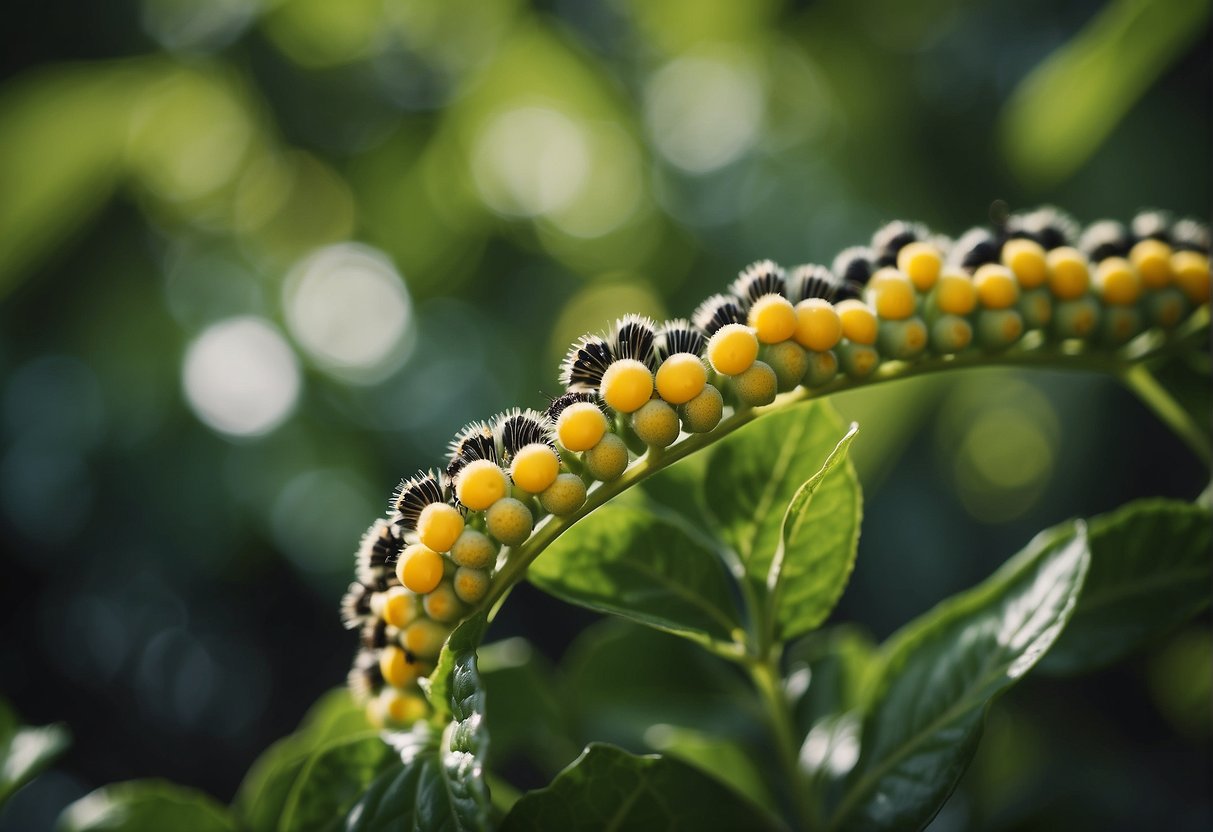
Beyond the plants themselves, creating a caterpillar-friendly environment reaps benefits beyond the beauty of eventual butterflies. Woody shrubs and thick foliage offer shelter, while a garden’s structure, including light and space, can deter or invite these creatures. With a personal inclination towards maintaining a balanced natural habitat, my endeavors have led to a garden that welcomes wildlife, and in turn, supports local biodiversity. The result is not just a stunning visual display, but a contribution to sustaining the life cycles of these fascinating insects.
JUMP TO TOPIC
Creating Your Butterfly Garden Layout
When designing a butterfly garden layout, choosing an ideal location and considering the needs specific to butterflies are crucial steps.
Choosing the Right Location
The placement of your butterfly garden greatly influences its success. Butterflies thrive in areas that receive plentiful sunlight, as this is essential for their lifecycle. A location that gets full sun for at least five to six hours a day is ideal, but some areas of light shade can also be accommodative, especially in hotter regions. A sheltered spot is also important to protect butterflies from strong winds.
Choose a location with full sun exposure for a minimum of five to six hours daily.
Designing for Butterfly Needs
In developing a garden layout that caters to butterflies, it’s essential to integrate a mix of host plants where butterflies can lay their eggs, and nectar sources for adult butterflies. The host plants should include a variety of native species like milkweed for monarchs. Perennials, shrubs, and ornamental grasses offer excellent shelter, while wildflowers and certain ground cover plants are great nectar providers. Incorporating a diversity of flowers that bloom at different times ensures a continual food source.
Plant Selection:
- Host Plants: Milkweed for monarchs, parsley, dill, and fennel for swallowtails.
- Nectar Sources: Coneflowers, zinnias, and salvias.
- Shelter: Shrubs and ornamental grasses.
Selecting Plants for Your Garden
When I plan my garden, I focus on including a variety of plants to attract and sustain caterpillars and the eventual butterflies they become.
Host Plants for Caterpillars
I ensure that my garden is a sanctuary for caterpillars by planting specific host plants. These plants support the larval stage by providing essential food sources. For instance, many native caterpillars thrive on milkweed, which is exclusive to the monarch butterfly. I also incorporate fennel, parsley, and nettles, as they serve as food sources for different butterfly larvae. It’s vital to include a diversity of host plants to cater to various species. Here are some of my selected host plants:
Fennel (Foeniculum vulgare) – appealing to swallowtail caterpillars
Parsley (Petroselinum crispum) – host for black swallowtail butterflies
Nettles (Urtica dioica) – preferred by several butterfly species
Oak (Quercus spp.) – supports over 500 species of caterpillars
Willow (Salix spp.) – host for Mourning Cloak butterflies
Asters (genus Aster) – provide late-season support
Nectar Plants for Adult Butterflies
For the adult butterflies, nectar plants are equally important. I plant a mix of flowers that bloom at different times to ensure a continuous food supply. The butterfly bush is always a reliable choice for nectar, attracting a wide array of butterflies. I also grow vibrant purple coneflowers and goldenrod because they are both rich in nectar and visually striking. Native violets and late-blooming asters round out my selection, offering sustenance late into the season. These nectar plants are not only vital for butterflies but also for bees and other pollinators.
Coneflowers (Echinacea spp.) – attractive and beneficial
Goldenrod (Solidago spp.) – supports a wide array of wildlife
Violets (Viola spp.) – dear to fritillary butterflies
Asters (genus Aster) – offer late-season nectar
Maintaining a Healthy Butterfly Ecosystem
In maintaining a butterfly ecosystem in the garden, my focus is on making the habitat safe and favorable for butterflies and caterpillars. This includes avoiding harmful chemicals that can disrupt their lifecycle and providing essential resources for their survival and development.
Avoiding Harmful Chemicals
I avoid using pesticides and insecticides, which are harmful to both adult butterflies and caterpillars, including monarch caterpillars. Beneficial insects like ladybugs and bees are also adversely affected by these chemicals. Instead, I focus on organic and natural pest control methods to maintain a balanced ecosystem.
Instead of chemicals, I embrace natural predators to keep the pest population in check, for instance, encouraging birds with bird feeders. This strategy not only protects the butterfly and caterpillar populations but also supports the entire web of life within the garden.
Providing Water and Resting Spots
Water and resting spots are critical for butterflies, and my garden includes several features to cater to these needs:
Butterflies often indulge in a behavior called puddling, where they sip on moist soil, sand, or puddles to obtain nutrients and water. Therefore, I ensure there are damp areas or shallow water sources in my garden to provide for puddling.
For resting spots, I include flat stones and plant diversity to cater to their needs throughout the day, allowing them shade and sun at different times. Trees and shrubs offer protection and places for caterpillars to pupate. Creating this balanced environment is essential for maintaining a healthy butterfly ecosystem in my garden.
Attracting Diverse Butterfly Species
Planting for Lepidoptera
Creating a haven for butterflies like monarchs, tiger swallowtails, and fritillaries in my garden involves cultivating a diversity of host plants that cater to the specific needs of each species’ larvae.
I’ve learned that black swallowtails prefer plants from the carrot family, such as parsley and dill. Meanwhile, fritillary butterflies’ caterpillars thrive on violets.
Color Attraction
While the caterpillar stage focuses mainly on the host plant, adult butterflies are captivated by bright, nectar-rich flowers. Incorporating plantings with vivid red, yellow, orange, pink, and purple flowers that offer flat-topped or clustered configurations enhances nectar accessibility and is more likely to attract a diverse crowd.
For monarchs, which are notorious for being picky, I ensure that milkweed plants are in abundance. This not only serves as their nursery but also sustains the adults with nectar. Growing a combination of native and flowering plants supports the full life cycle of many butterfly species, ensures a broader biodiversity, and elevates the ecological health of my garden.
| Species | Host Plant | Nectar Source |
|---|---|---|
| Monarch | Milkweed | Milkweed, Asters, Goldenrods |
| Tiger Swallowtail | Wild Cherry, Ash | Lilacs, Phlox |
| Black Swallowtails | Parsley, Dill, Fennel | Zinnias, Joe-Pye Weed |
| Fritillary Butterflies | Violets | Thistles, Ironweed |
Ensuring a broad plant selection with staggered blooming times sustains butterfly populations throughout the season. I also maintain a chemical-free approach, as pesticides are detrimental to caterpillars and other beneficial garden organisms.


